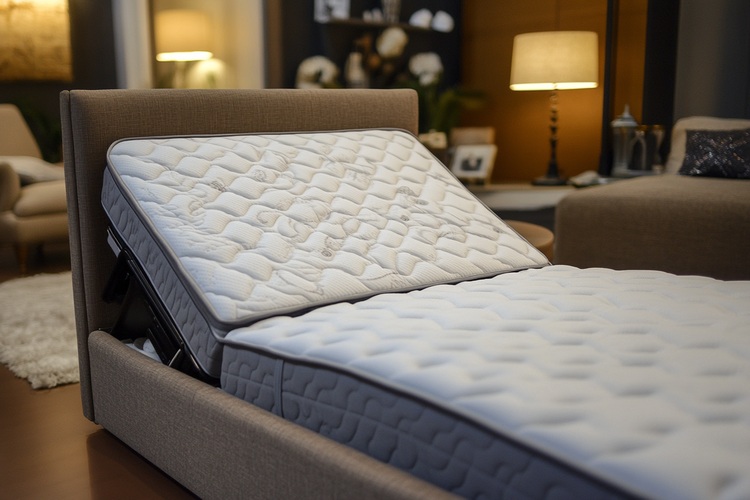Pillows: Essential Elements of Comfort and Style in Home Decor
Pillows are more than just soft cushions for resting your head at night. These versatile home accessories play a crucial role in both comfort and interior design, enhancing the aesthetic appeal of bedrooms, living rooms, and other spaces throughout the house. From providing support during sleep to adding decorative flair to furniture, pillows serve multiple purposes in creating a cozy and visually appealing home environment.

In addition to their aesthetic value, pillow covers serve a practical purpose by protecting the inner pillow from wear, tear, and stains. This protective layer extends the life of pillows and makes maintenance easier, as most covers can be removed and machine-washed. When selecting pillow covers for home decor, consider factors such as fabric quality, durability, and ease of care to ensure they withstand regular use and cleaning.
What role do pillows play in bedroom design?
In the bedroom, pillows are essential elements that contribute to both comfort and style. Beyond their primary function of supporting the head and neck during sleep, pillows can elevate the overall design of the space. Decorative pillows arranged on the bed create a layered, inviting look that adds depth and visual interest to the room.
When designing a bedroom, consider using a combination of functional and decorative pillows. Start with high-quality sleeping pillows that provide proper support for a restful night’s sleep. Then, layer on decorative pillows in complementary colors and textures to enhance the bed’s appearance. Popular pillow arrangements include a symmetrical layout with matching Euro shams at the back, standard pillows in the middle, and smaller accent pillows in front.
How can pillows enhance the comfort and style of a living room?
In the living room, pillows serve as both functional accessories and decorative elements that can tie the entire space together. Throw pillows on sofas and armchairs not only provide extra comfort for lounging but also offer an opportunity to introduce pops of color, texture, and pattern into the room’s design scheme.
When incorporating pillows into living room decor, consider the following tips:
-
Mix and match different sizes, shapes, and textures to create visual interest.
-
Choose a color palette that complements the existing furniture and wall colors.
-
Experiment with various pillow arrangements to find a balance between comfort and aesthetics.
-
Use pillows to accentuate the style of your living room, whether it’s modern, traditional, or eclectic.
Remember that pillows in the living room should be both functional and decorative, providing comfort for guests while enhancing the overall design of the space.
What are some popular pillow materials and their benefits?
Pillows come in a variety of materials, each offering unique benefits in terms of comfort, durability, and maintenance. Some popular pillow materials include:
-
Down: Known for its softness and insulating properties, down pillows are lightweight and moldable, providing excellent comfort for sleepers who prefer a plush feel.
-
Memory foam: These pillows contour to the shape of the head and neck, offering superior support and pressure relief. They are ideal for those with neck or back pain.
-
Polyester: Affordable and easy to care for, polyester pillows are hypoallergenic and maintain their shape well over time.
-
Latex: Natural latex pillows are durable, resistant to dust mites and mold, and provide a responsive, bouncy feel.
-
Buckwheat: These pillows offer excellent support and are adjustable, allowing users to add or remove hulls to achieve their desired firmness level.
When choosing pillow materials, consider factors such as personal comfort preferences, allergies, and maintenance requirements to find the best option for your needs.
How do pillows complement other furniture pieces in home decor?
Pillows play a vital role in complementing and enhancing other furniture pieces throughout the home. In the living room, throw pillows can soften the lines of angular sofas and chairs, creating a more inviting atmosphere. They can also be used to tie together different elements of the room’s color scheme, bridging the gap between furniture, curtains, and wall art.
In the bedroom, pillows work in harmony with the headboard, bedding, and other textiles to create a cohesive look. Large Euro pillows can add height and drama to a bed with a low headboard, while smaller accent pillows can introduce complementary colors and patterns that echo other design elements in the room.
When selecting pillows to complement furniture, consider the following:
-
Scale: Choose pillow sizes that are proportionate to the furniture they’re placed on.
-
Color: Use pillows to introduce accent colors or reinforce the existing color palette.
-
Texture: Mix different textures to add depth and interest to the overall design.
-
Pattern: Incorporate patterns that complement or contrast with other patterns in the room.
By thoughtfully selecting and arranging pillows, you can create a harmonious and visually appealing interior that showcases your personal style while enhancing the comfort and functionality of your living spaces.






